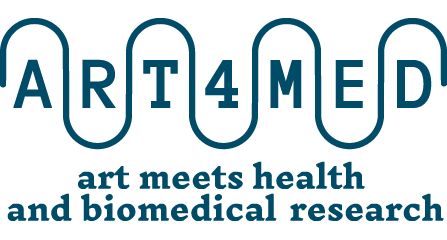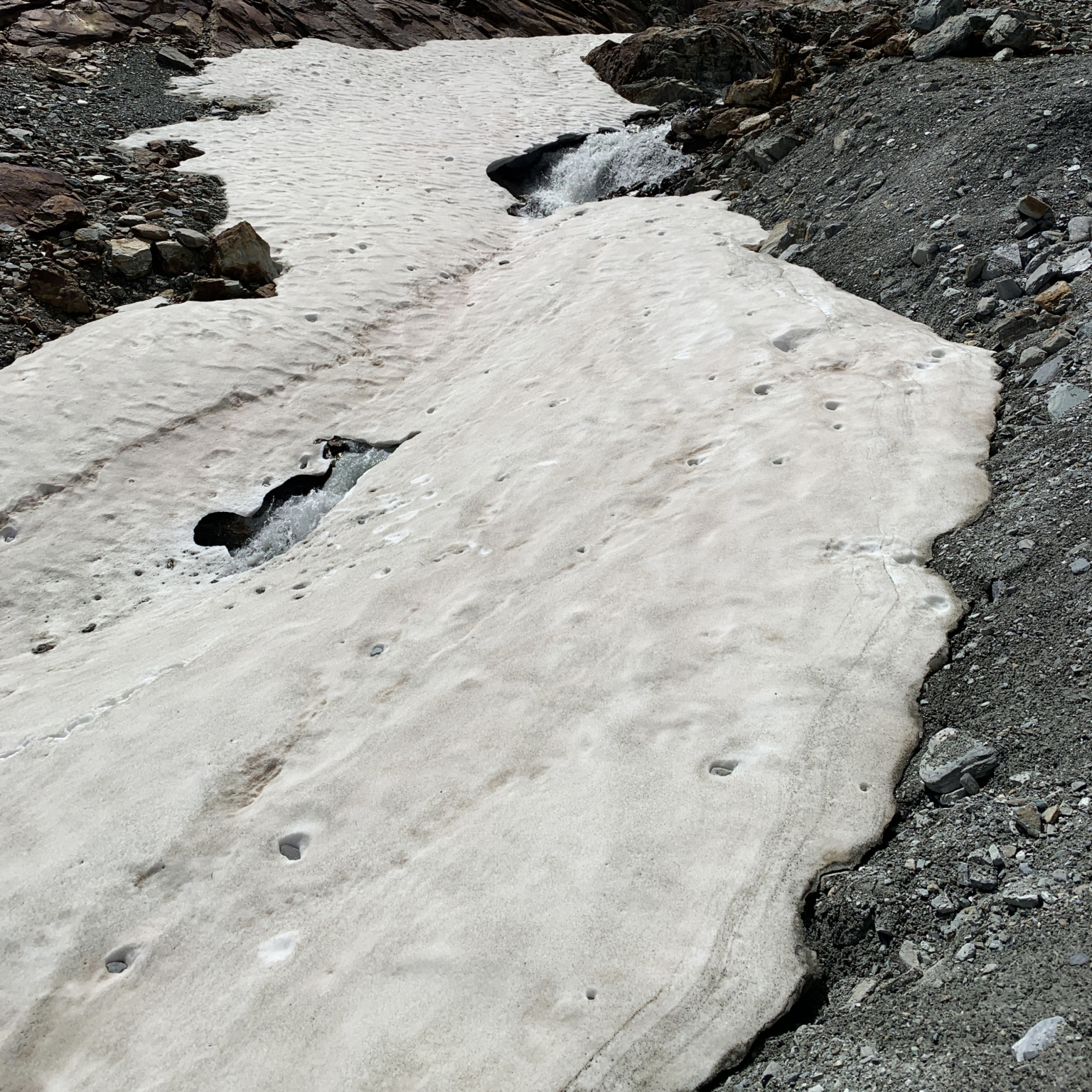Mnemonia
Collaborative research on the possibility of interspecies memories.
Mnemonia is a collaboration project between designer-researcher Emilia Tikka, reindeer herder Oula A Valkeapää and his artist-researcher partner Leena Valkeapää. The artwork is an installation of stories in three temporalities, where centuries-old migration in the rhythm of the reindeer intertwines human, reindeer and landscape. The nomadic reindeer herding culture is in a danger of vanishing in the Finnish Sápmi, but the land and the reindeer carries the shared memories of the past. The installation includes films and objects, moving between past, present and speculative futures. The work combines research on the contemporary bioscience of transgenerational epigenetic memories and tacit knowledge on human reindeer relations. The outcome does not separate bioscience and reindeer cosmologies but rather weaves them together as stories of hopeful futures.
artist: EMILIA TIKKA
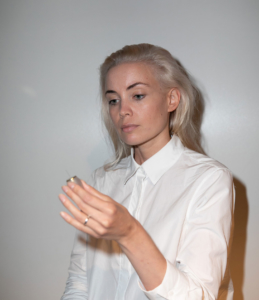
© Emilia Tikka
Emilia Tikka is a transdisciplinary designer and researcher, currently a PhD candidate at Aalto University, School of Arts, Design and Architecture in Helsinki and a research associate at Tampere University in the Department of New Social Research and STS. Former affiliations include: visiting scholar position at the Hermann von Helmholtz Centre for Cultural Techniques of the Humboldt- Universität zu Berlin, artist in residence at CRISPR laboratories of Max-Delbrück-Centre for Molecular Medicine in Berlin and Art and Science Research Residency in Japan organized by Bioart Society and hosted by BioClub Tokyo.
Her work explores philosophical dimensions and cultural implications of novel genome editing technology CRISPR engaging with questions of human biomedical enhancement. In this frame her current research and writing focuses on investigating human-nature-technology relations in technoscientific discourse. She problematizes the current production of the conditio humana by juxtaposing transhumanism and feminist posthumanism. Her practice combines critical storytelling, lab experiments, and speculative design – aiming to generate alternative modes of knowledge production in technoscientific cultures. Her on-going PhD research project Xeno-Genealogies is funded by the Finnish Kone Foundation.
Her art and design works have been exhibited at Ars Electronica in Austria, New York University Arts Centre in United Arab Emirates, Gregg Museum for Art and Design in USA, Imagine Science Film Festival NYC in USA, STATE Studio in Germany, EMMA Museum of Modern Art in Finland and Tekniska Museet in Sweden to mention a few.
co-organizer: BIOART SOCIETY
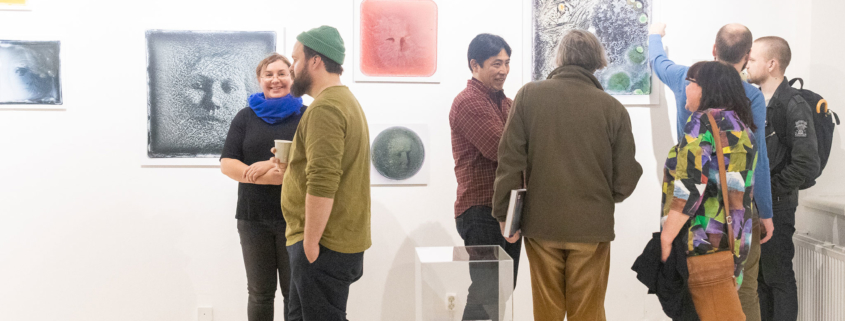
© Bioart Society
 Bioart Society is a Helsinki-based association developing, producing and facilitating activities around art and natural sciences with an emphasis on biology, ecology and life sciences. It runs SOLU Space, an artistic laboratory and platform for art, science and society in in Helsinki, and – together with the Kilpisjärvi Biological Station of the University of Helsinki – Ars Bioarctica, a residency and art & science program with focus on the sub-arctic environment. Bioart Society was established in May 2008 and it currently has 130 members from Finland and other countries.
Bioart Society is a Helsinki-based association developing, producing and facilitating activities around art and natural sciences with an emphasis on biology, ecology and life sciences. It runs SOLU Space, an artistic laboratory and platform for art, science and society in in Helsinki, and – together with the Kilpisjärvi Biological Station of the University of Helsinki – Ars Bioarctica, a residency and art & science program with focus on the sub-arctic environment. Bioart Society was established in May 2008 and it currently has 130 members from Finland and other countries.
The Bioart Society sees itself as a catalyst and incubator for the development of transdisciplinary art practices. It encourages work on the intersection of art, science and society to leave its comfort zones, to push the boundaries and cross borders to become what we can’t possibly know. Bioart Society seeks the frontiers of art and extends the practices of artists engaging with scientific processes, facilities and technologies in order to participate in, reveal and illuminate the social, political and cultural context that brought them into being.
associated partner: KILPISJÄRVI BIOLOGICAL STATION
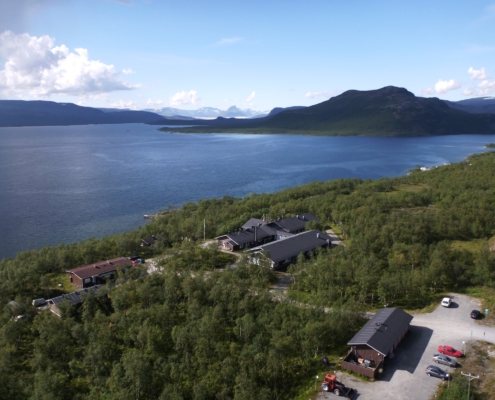
© Kilpisjärvi Biological Station
Since 2010 the Bioart Society is organizing the Ars Bioarctica Residency Program together with the Kilpisjärvi Biological Station of the University of Helsinki in the sub-Arctic Lapland in the traditional Sami lands. The residency has an emphasis on the Arctic environment and art and science collaboration. It is is open for professional artists, scientists and art&science research teams at all stages of their careers.
The residency will take place in the facilities of the Kilpisjärvi Biological Station. The Station provides the residents with a combined living and working environment, kitchen, bathroom, sauna and internet connection. The residents have access to scientific equipment, a basic fiel laboratory facilities, the library and seminar room as well as the usage of field equipment. A dedicated mentor in Kilpisjärvi familiarize the resident with the local environment and customs upon arrival.
https://www2.helsinki.fi/en/research-stations/kilpisjarvi-biological-station
research partners: Oula A. Valkeapää & Leena Valkeapää
Oula A. Valkeapää is living with reindeers in Sàmi reindeer herding tradition. Leena Valkeapää is an artist and researcher with PhD in Arts. She has exhibited as a visual artist since (1988) and has produced several public environmental artworks. Currently she also works as a mentor at the Ars Bioartica Residency program in Kilpisjärvi, Finland.
Since 2011 Oula A. and Leena Valkeapää work together producing internationally recognized art – and research driven projects. Thematics of their collaborative works include: natural phenomena, local reindeer herding practices and situated environmental questions.
